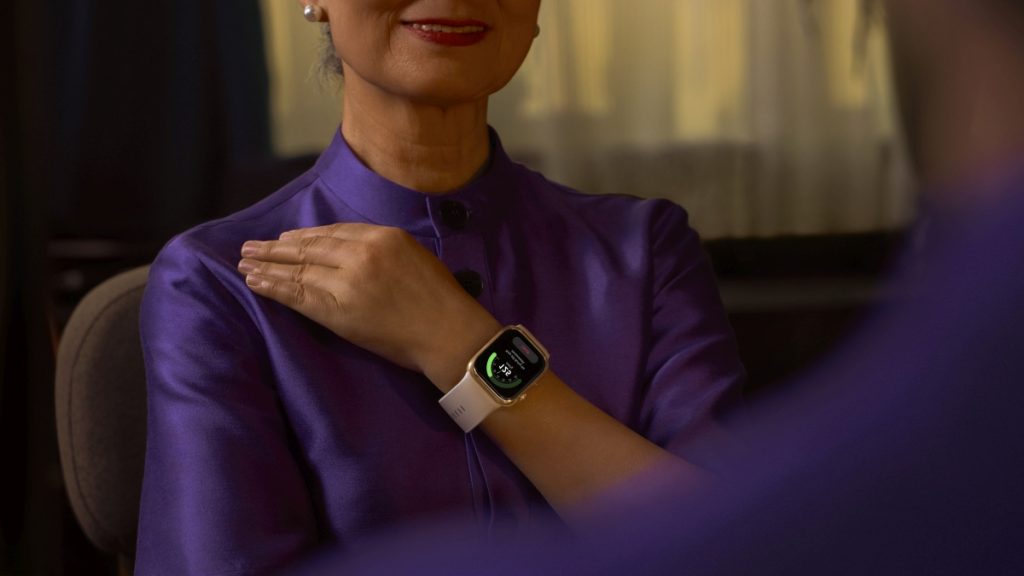The Snapdragon 8 Gen 4 will arrive in the coming months as Qualcomm’s next-gen flagship chipset for mobile devices. There’s a lot of hype surrounding the SoC as Qualcomm is returning to custom cores. Now, leaked benchmarks confirm that the company’s work will be reflected in the performance of the Snapdragon 8 Gen 4.
One of the key improvements of the SoC will be the new custom cores. After a few years, Qualcomm will once again implement its own CPU designs instead of the vanilla ARM cores. The new cores, known as Oryon, are also present in the Snapdragon X series for ARM laptops. The result should be high-performance and energy-efficient hardware. And, apparently, the A18 Bionic that will power the iPhone 2025 series will have serious difficulties outperforming the new chipset.
Snapdragon 8 Gen 4 beats the iPhone 15 Pro Max in benchmarks
The alleged Snapdragon 8 Gen 4 was spotted on the Geekbench database. The SoC is camouflaged under the generic name “Manufacturer Model.” In the single-core test, it managed to score 2,884 points, which puts it close to the current A17 Pro Bionic in this department. However, it’s in the multi-core tests where it stands out, scoring 8,840 points. This puts it noticeably above Apple’s latest flagship SoC.
The Snapdragon 8 Gen 4 is also expected to bring a new, more powerful GPU. The GPU in the current Snapdragon 8 Gen 3 is already more powerful than Apple’s, so the difference could become even bigger. Anyway, Apple is said to bring a 50% graphics boost to its mobile GPU. So, it will be interesting to see how the two compare head-to-head once they are available. Still, rumors say the A18 Bionic’s CPU upgrade over the A17 Pro will be small.
It’s noteworthy that Qualcomm had already tested a prototype of the chipset. However, there was talk of CPU frequencies that seemed unrealistic for a mobile device. At the time, the Snapdragon 8 Gen 4 scored over 10,000 points in the same multi-core benchmark. The company probably had to find the ideal balance between performance and energy efficiency. The latest benchmark is probably the closest to the real performance of the commercial version of the chip, and it is still a big improvement.




